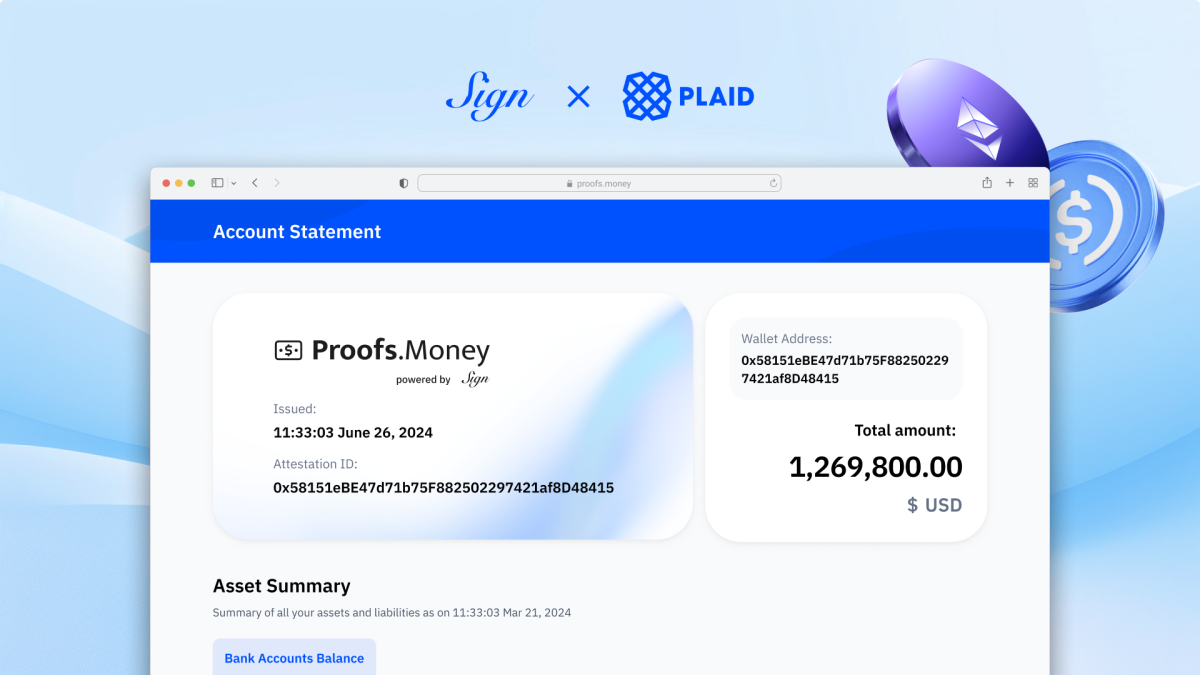What is Solana and how does it work? A beginner's guide to SOL


Solana is a third-generation blockchain-based platform that aims to provide a fast, secure and scalable infrastructure for decentralized applications. This article provides a beginner's guide to the  SOL
+4.40%
cryptocurrency, explaining what it is and how it works.
SOL
+4.40%
cryptocurrency, explaining what it is and how it works.
What is Solana?
Solana is an open-source blockchain platform created in 2017 by former Qualcomm executive Anatoly Yakovenko. The primary objective of Solana is to significantly enhance the scalability of blockchain technology, exceeding the performance of popular blockchains while keeping costs low. This is achieved through a hybrid model that allows the Solana network to theoretically process over 710,000 transactions per second (TPS) without the need for additional scaling solutions.
Solana's blockchain architecture is designed to facilitate the creation of smart contracts and dapps. It supports a wide range of decentralized finance platforms and non-fungible token marketplaces, making it a versatile solution for various use cases. The Solana blockchain was introduced during the 2017 initial coin offering (ICO) boom, with the main network officially launched in 2020 after multiple phases of testnet releases.
Unlike Ethereum, which focuses on scaling using multiple blockchain layers, the Solana blockchain attempts to provide a scalable blockchain network using only one layer. The idea is that a smaller number of powerful and fast computers maintains the network and is able to store the large amounts of data that it creates.
The native cryptocurrency of the Solana network is SOL. It serves as a means of transferring value and securing the blockchain through staking. Launched in March 2020, SOL has rapidly climbed the ranks to become one of the top 10 cryptocurrencies by market capitalization.
How does Solana work?
Understanding how Solana operates requires a deep dive into its unique approach to consensus mechanisms, particularly proof of history and proof of stake. But essentially, at the heart of Solana's protocol is proof of history, providing a digital record of events occurring on the network at any given time. This can be visualized as a cryptographic clock, assigning timestamps to each transaction on the network, supported by a simple data structure. Proof of history works in conjunction with proof of stake to aid Solana in reaching a consensus, keeping the network secure, operational and validating transactions.
All nodes on the Solana network are equipped with these cryptographic clocks, ensuring the efficient tracking of events and eliminating the need to wait for other validators to verify transactions. This is a significant factor contributing to Solana's high throughput and fast block creation time.
What makes Solana unique?
Solana's focus on user experience (UX) is a significant aspect of its appeal, particularly in how it addresses some of the common pain points experienced in blockchain and cryptocurrency adoption.
Another unique aspect of Solana is its approach to scalability, achieving high throughput without relying on Layer 2 solutions. In typical decentralized blockchains, the process of handling an increasing number of transactions often leads to slower performance due to timing differences between nodes in the network. Solana, however, tackles this issue differently. Its PoS mechanism selects a single "leader node" responsible for organizing and sequencing the transactions between various nodes. This approach streamlines the process, reducing the overall burden on the network and enabling faster transactions.
Despite its advantages, Solana is not without its share of challenges. It is still vulnerable to tend toward centralization due to the relatively high computing resources required to become a Solana validator.
Disclaimer: This article was produced with the assistance of OpenAI’s ChatGPT 3.5/4 and reviewed and edited by our editorial team.
© 2023 The Block. All Rights Reserved. This article is provided for informational purposes only. It is not offered or intended to be used as legal, tax, investment, financial, or other advice.



